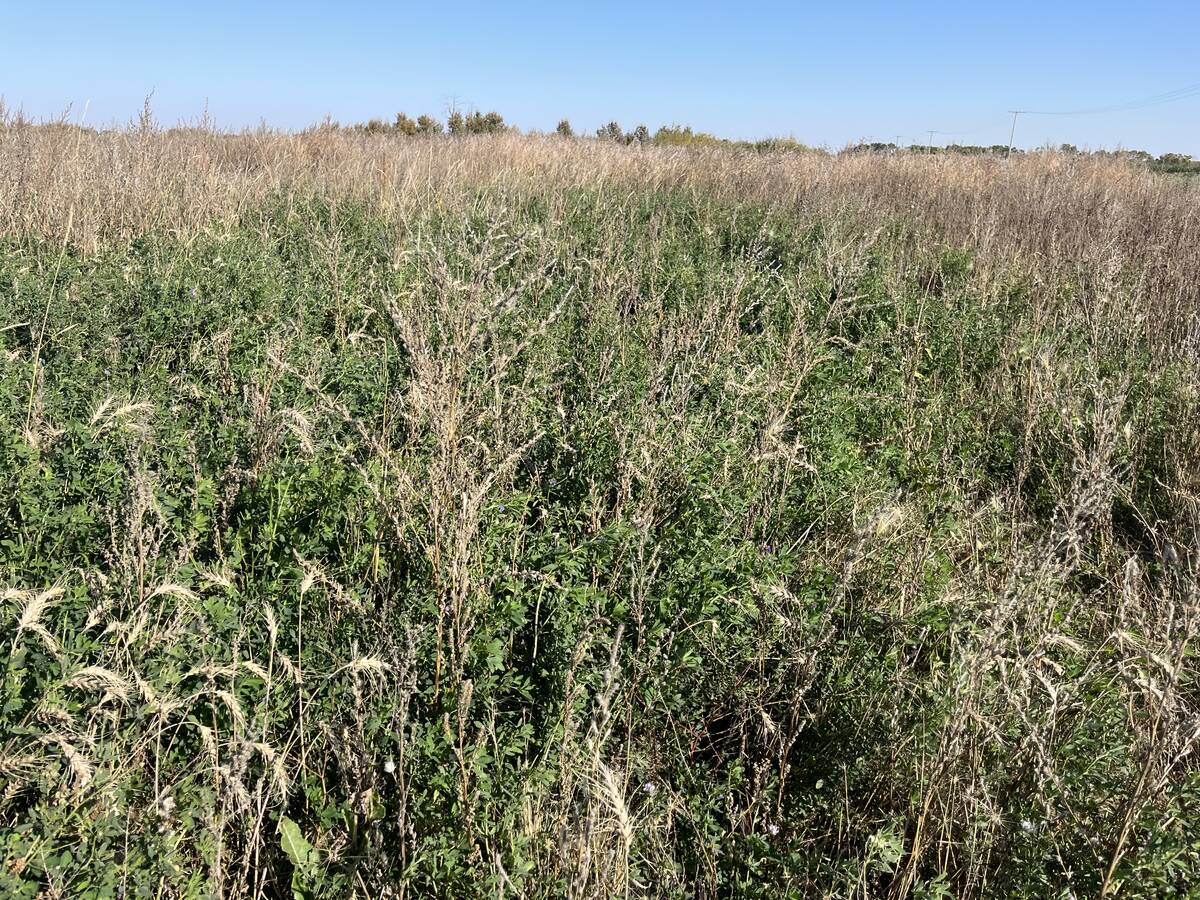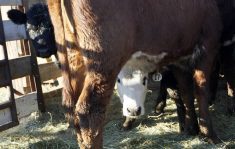There may be middle ground in the debate about how to protect riparian areas on cattle farms.
Producers are under increasing pressure to fence off those areas to protect fish habitat and prevent cattle excrement from tainting water with pathogens such as E. coli and cryptosporidium.
During the Manitoba Grazing School in Brandon this month, a researcher in livestock management presented a study that points to a potential alternative to fencing off streams and rivers on pastures.
The study examined whether cattle would prefer to drink from a trough rather than a stream when given the choice between the two sources. During the two-year study, it was found that 80 percent of the drinking was done at the trough, said Doug Veira, a researcher at Agriculture Canada’s Pacific Agri-Food Research Centre in Agassiz, B.C.
Read Also

Dormant seeding forages frees up farmer time and gets ahead of weeds
Dormant seeding isn’t common practice and can appear daunting, but there are some techniques to give Manitoba farmers an edge
“It was quite clear that the choice was for the trough rather than the creek,” Veira said, noting cattle would often walk farther to drink from a trough than from the creek.
The cattle in the study had free access to the creek and to water pumped from the creek into a trough. No attempt was made to keep the cattle out of the creek with fences.
The research presents the possibility that fences may not always be needed to protect riparian areas. Properly located troughs could alleviate much of the impact cattle have on those areas.
Veira said fencing off riparian areas is not always practical for producers, partly because of the high costs that can be involved. Those kinds of practical considerations need to be balanced with efforts to protect the environment, he said.














